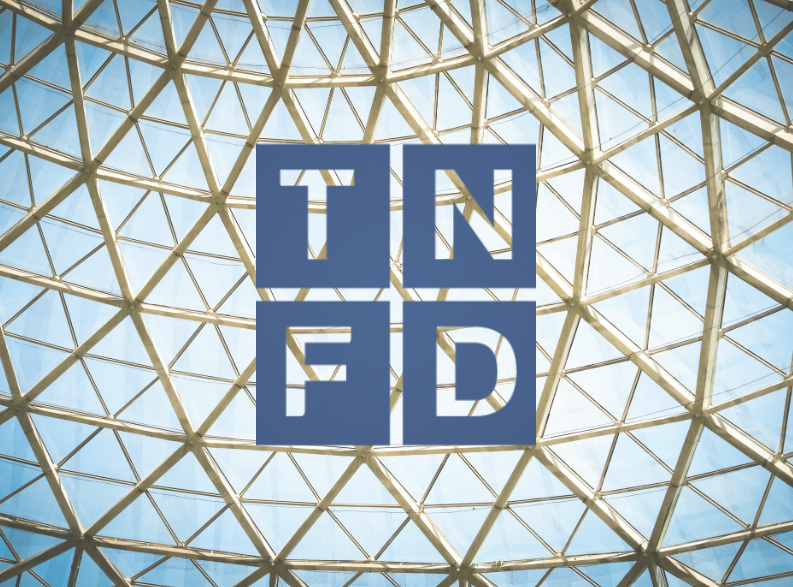)
TNFD Report
)
The TNFD report represents a transformative framework enabling organizations to assess and disclose nature-related financial risks systematically. As the Taskforce on Nature-related Financial Disclosures gains momentum globally, with over 500 organizations representing £5.2 trillion in market capitalization now committed to TNFD-aligned reporting, Businesses face increasing pressure to demonstrate their nature dependencies and impacts. This comprehensive guidance framework addresses the urgent need for nature-related financial disclosures, connecting seamlessly with existing regulatory expectations whilst providing actionable recommendations for effective implementation across diverse sectors.
Understanding the TNFD Framework and Implementation Requirements
Core Framework Structure and Four Pillars
The TNFD framework establishes four fundamental pillars that structure nature-related financial disclosures: governance, strategy, risk management, and metrics. These pillars encompass 14 recommended disclosures designed to integrate seamlessly with existing TCFD frameworks, enabling organizations to expand their environmental reporting capabilities efficiently. The governance pillar requires board oversight of nature-related issues, whilst the strategy component addresses how nature-related dependencies influence business planning. Risk management processes must demonstrate systematic identification and assessment of nature-related risks, supported by robust metrics that track both positive and negative impacts on biodiversity and ecosystem services.
LEAP Approach for Nature Assessment
The LEAP methodology provides a systematic approach for organisations to conduct comprehensive nature-related assessments. This four-step process—Locate, Evaluate, Assess, Prepare—enables businesses to identify where their operations intersect with critical ecosystems, evaluate their dependencies and impacts, assess material risks and opportunities, and prepare appropriate management responses. The LEAP approach has been successfully piloted by over 200 organizations globally, demonstrating its practical applicability across different sectors and geographies whilst providing the foundation for credible TNFD disclosures.
Implementation Strategies and Practical Applications
Sector-Specific Guidance and Applications
TNFD implementation varies significantly across sectors, with financial institutions, corporates, and specialized industries requiring tailored approaches to nature-related reporting. Banks must assess portfolio-level exposure to nature-dependent sectors, whilst corporates focus on direct operational impacts and supply chain dependencies. Sector-specific metrics address unique challenges, from agricultural land footprint assessments to mining restoration obligations. The framework provides comprehensive guidance for nine key sectors, enabling organizations to develop targeted disclosure strategies that reflect their specific nature-related risks and opportunities whilst maintaining comparability across industries.
Data Management and Technology Solutions
Effective TNFD implementation requires sophisticated data infrastructure capable of processing geospatial information, biodiversity metrics, and supply chain traceability data. Organizations must develop capabilities for collecting location-specific ecosystem data whilst building knowledge management systems that support ongoing monitoring and reporting.
Technology solutions including satellite monitoring, artificial intelligence applications, and blockchain traceability systems are increasingly available to support nature-related data collection. Many organizations begin with proxy data and secondary sources, gradually transitioning toward enhanced primary data collection as their capabilities mature and data availability improves.
Regulatory Landscape and Future Developments
The regulatory environment for nature-related disclosures continues evolving rapidly, with increasing integration of TNFD principles into mandatory reporting requirements globally. The International Sustainability Standards Board's formal partnership with TNFD through their Memorandum of Understanding ensures emerging standards will build upon market-tested recommendations whilst providing regulatory authority for widespread adoption. Organizations must prepare for enhanced disclosure requirements, as the Kunming-Montreal Global Biodiversity Framework Target 15 mandates business assessment and disclosure of biodiversity risks by 2030. Financial institutions face particular scrutiny as regulators increasingly recognize nature-related risks as systemic threats requiring prudential oversight and enhanced risk management frameworks.
Related Articles
You might be interested in these articles
Get in touch!
Want to know more? Fill out the form or reach us directly via email at contact@icebergdatalab.com.
75116 Paris
EC2Y 9DT London
60327 Frankfurt am Main, Frankfurt
Beverly, MA 01915





)
)
)
)
)









